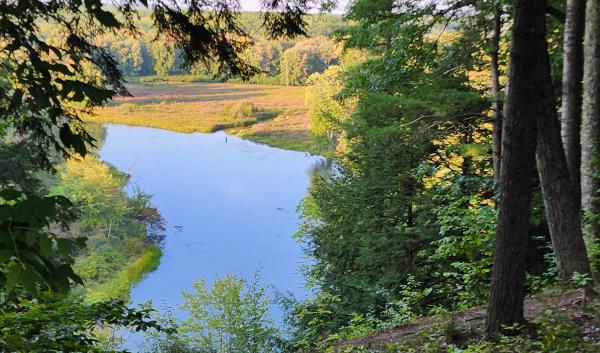The climate in the Northeast U.S. has been changing. Winters have been getting warmer and heavy rainstorms are becoming much more common.
Many longtime farmers feel that the seasons have shifted, and the latest climate models indicate that these changes are likely to continue. However, there are many actions farmers and forest landowners in the Northeast can take to lessen the impact – or even take advantage of - these climate trends. Northeast Climate Hub university partners have led two new studies exploring how a changing climate is affecting regional crops and livestock. These studies highlight species or production systems that might be particularly vulnerable to changing conditions. They also include practical actions one can take to reduce the harmful aspects of some of these changes.
David Wolfe, Professor of Plant and Soil Ecology at Cornell, led the crop study with contributions from researchers across the region. The full study has just been published online as "Unique challenges and opportunities for northeastern US crop production in a changing climate." Alexander Hristov, Professor of Dairy Nutrition at Penn State, led the related livestock assessment. This work has just been published online as "Climate change effects on livestock in the Northeast US and strategies for adaptation."
Highlights from the Northeast crop study:
- An extended period of spring frost risk in perennial fruit crops is likely to result from warmer winter and early spring temperatures.
- There will be prospects for more double-cropping and new crops that come with warmer temperatures and a longer frost-free period.
- Prolonged periods of spring rains in recent years have delayed planting and offset the potentially positive longer frost-free period.
Highlights from the Northeast livestock study:
- Increased temperatures and more intense storms will increase nutrient losses and gaseous emissions from animal manure.
- Increased warmth may benefit broiler production, but future housing will need more insulation and ventilation.
- Temperature increases are likely to reduce dairy cow fertility and milk production.




